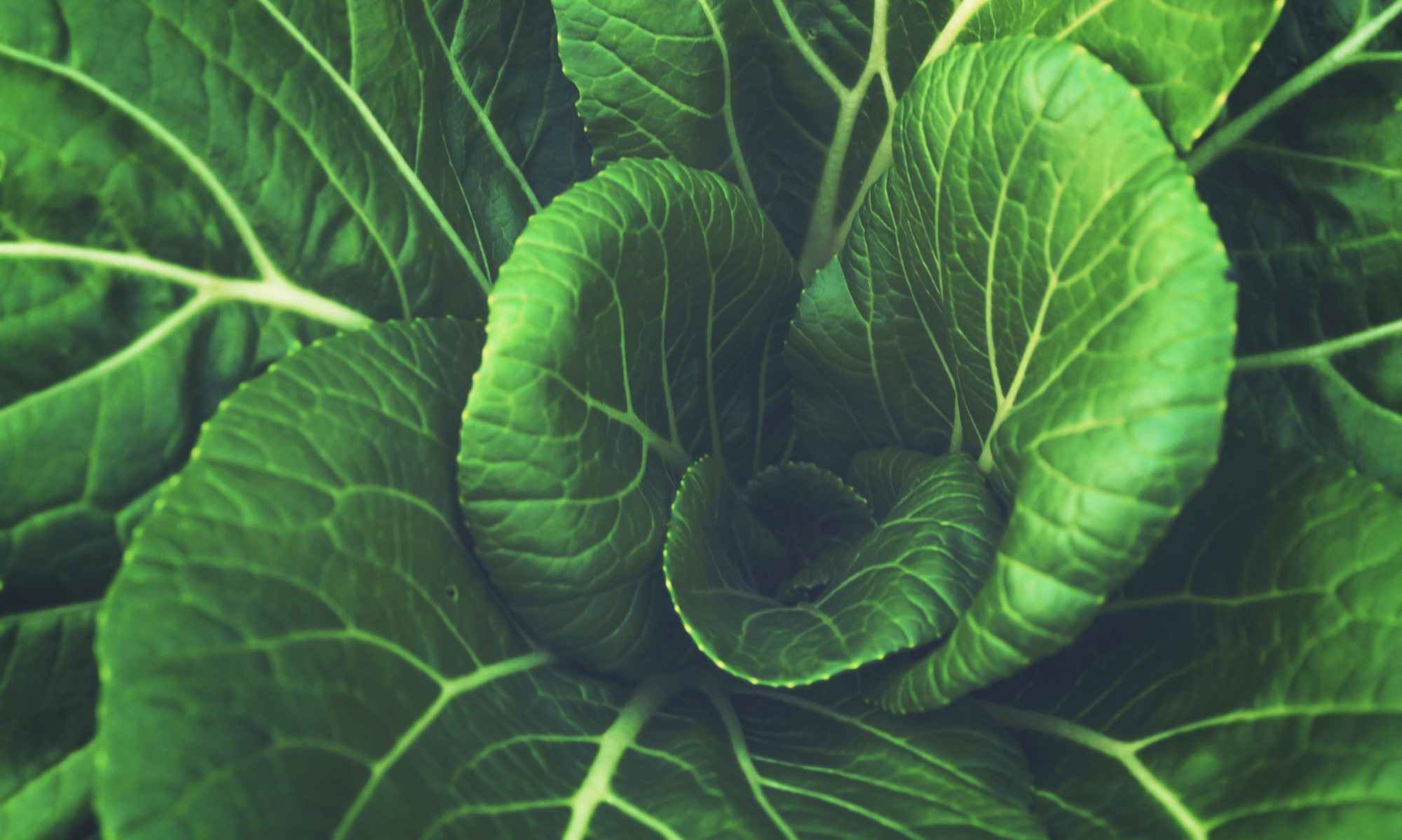The Origin of Life: Self-Replicating Molecules
With that in mind, imagine that you are on Earth 4 billion years ago. Gases like hydrogen, nitrogen, water vapor, methane, and carbon dioxide fill the atmosphere. The planet has cooled just enough for water to condense into large oceans with small hydrocarbons floating around in them. Lightning storms are common as clouds of gas brush against each other, generating huge amounts of static. Chemicals spew from underwater vents, making organic molecules.
For millions of years, you watch lightning strike these pools of ancient ooze. The energy is enough to make larger carbon molecules but there is still no sign of anything close to life.
You wait…hundreds of millions of years go by…
Suddenly, another bolt of lightning lights up the sky and you look into the pool where it had struck. Something is different this time.
At first glance this new compound looks like the billions of others that have formed. However, if you look at what it does, you will notice that it can line up other smaller molecules along its side and coax them into coming together into a stable whole, creating a replica of itself.
This process can be imagined as if the original molecule is a large puzzle piece with many grooves to place smaller pieces. These pieces, once aligned through chemical forces, link with each other and come off as another whole that can continue this cycle, resulting in an exponential rate of growth (1,2,4,8,16,32,64…etc).
Now, I know there will be some who are skeptical about the odds of such a molecule forming but try to remember the time span over which all of this occurred…hundreds of millions of years. That is enough time for an average person to live over a million times. Such a large time span makes the likelihood of incredibly rare events incredibly large.
Spread of Self-Replicating Molecules
At this stage in Earth’s history, these special molecules have begun to spread across the globe, doing the one thing they know: making more copies of themselves.
After all, the oceans are filled with smaller molecules just waiting to become future replicators. However, over the course of this copying process, small mistakes do tend to occur; there are lots of different small compounds that are fighting for a spot on the new molecule, after all.
Over the next few million years, these molecules spread out endlessly until they run out of material to make more copies of themselves. This is where the process of natural selection begins.
Once all of the resources have been used up, the ocean is filled with nearly identical versions of this molecule. However, the small changes that are present in the copies make each version slightly different. Perhaps one can replicate faster and more reliably and another can attract molecules around it to act as a “shell” for protection from harmful chemicals.
These small changes give certain versions of these molecules an advantage over others. As a result, when the less “fit” molecules fall apart over time, fitter versions of the molecule will replace them.
Slowly, these replicators become more complex. They gain the ability to surround themselves in a protective layer and attract molecules that control the environment inside the shell, making the replicator more likely to survive. This process continues until the next major breakthrough in biology takes place: the formation of genetic material.


